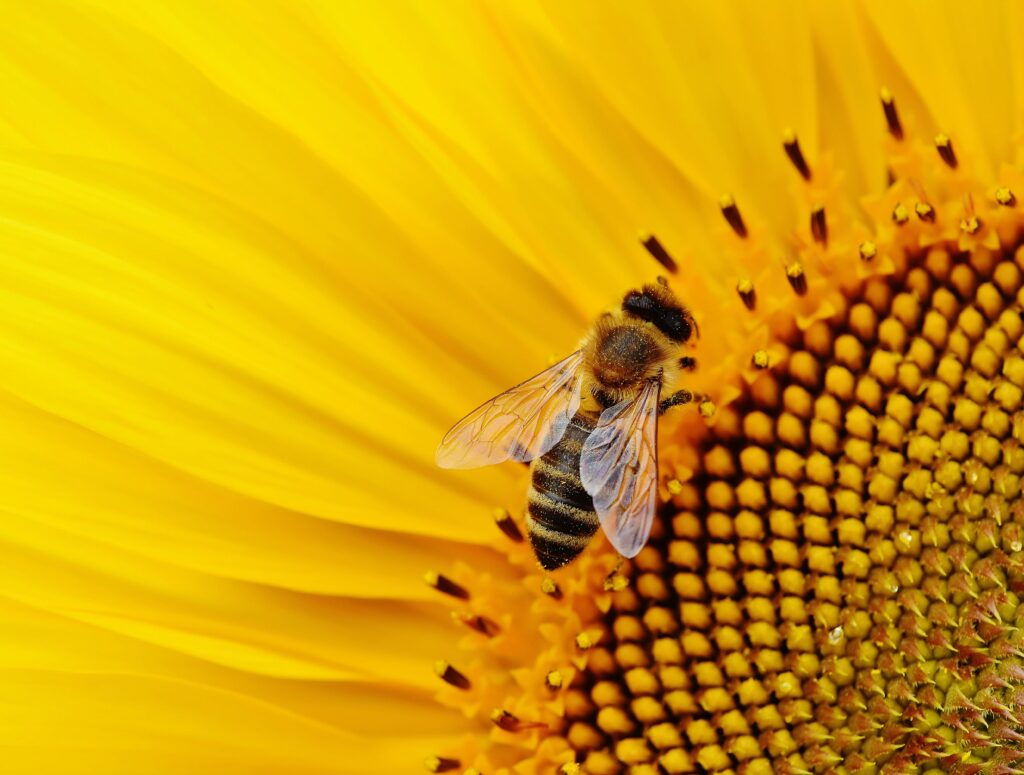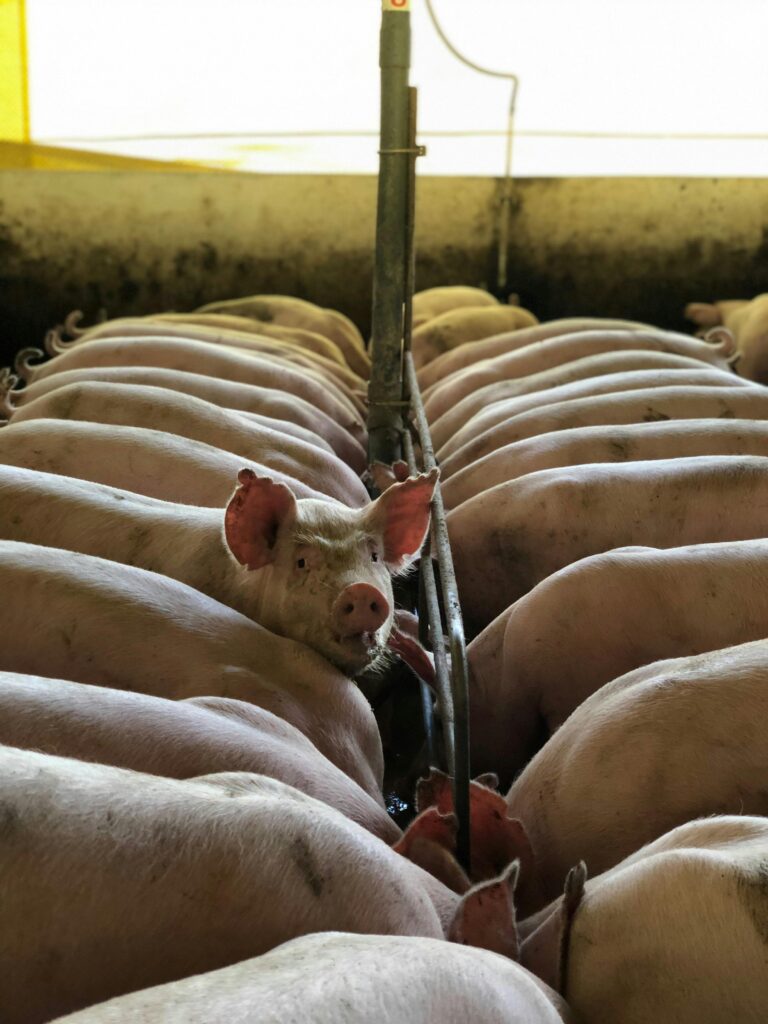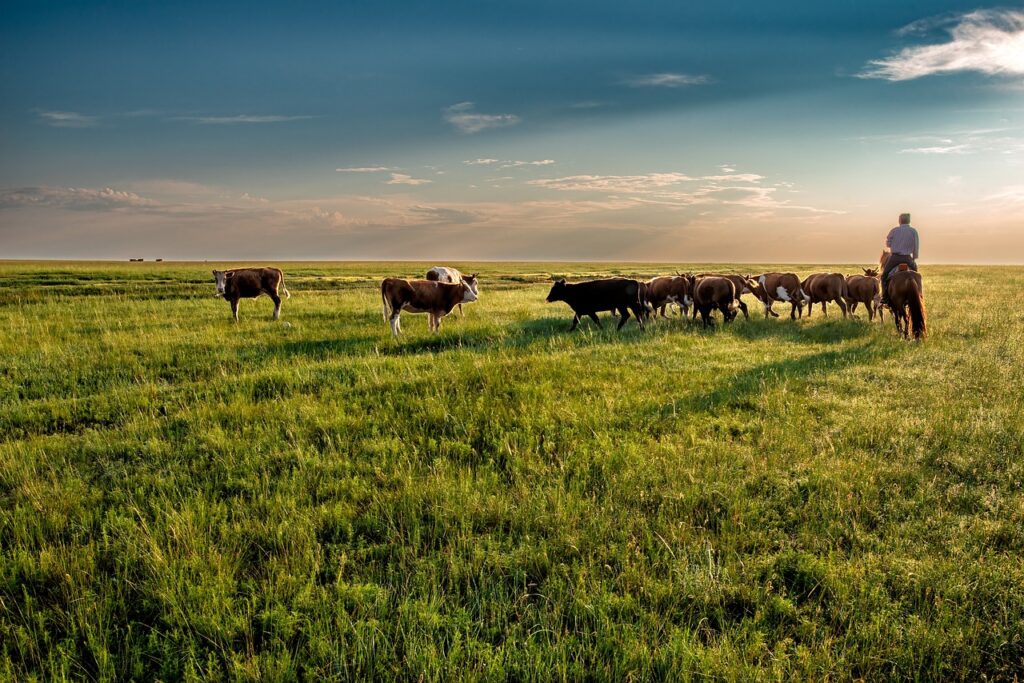When good weather arrives, wherever you are in the world, the possibility of longer or shorter periods of drought returns every year.
We hear about the problems for agriculture, the various restrictions that governments decide to adopt to make the reduced amount of water last as long as possible. Animals and the impact the drought will have on them are rarely mentioned unless there are extreme situations.
People worry about their pets, but not about animals in the wild, left alone to fight a habitat that has become less and less hospitable to them.
In this regard, several associations, including Woodland Trust UK, have released advice on how to assist animals in drought conditions. For example, one can help pollinating insects such as bees by giving them water without drowning them (by placing small stones for them to rest on). Or, if you are lucky enough to have a garden, create shelters for small mammals such as hedgehogs or squirrels.

Intensive livestock farming and drought, a complex problem
The first animals we should think about when we talk about drought are those kept on intensive farms. First because, as Greenpeace argues, 60 percent of mammals on the planet are farm animals and 70 percent of birds are farm poultry.
The impact of drought on these farms is, as farmers often report, both an economic and environmental calamity.
Unfortunately, it is now clear that these farms often create problems that have a major impact on groundwater.

The New York Times in 2023 investigated the causes and consequences of disappearing waters with a series of articles called “Uncharted Waters.” Overuse has led to damage and dryness of aquifers that carry water to about 90 percent of the US aqueducts.
A major culprit for this situation is the food industry, especially intensive chicken, cow, and pig farms. In many areas, traditional crops are now being replaced by plantations of soybeans to feed chickens or alfalfa, a plant to feed livestock, both crops that require a lot of irrigation.
These changes are linked to evolving diets in the US. Since the 1980s, cheese consumption per person has doubled, especially as pizza mozzarella. In addition, in 2022 the average American ate 45 kg (100 pounds) of chicken, double the consumption of 40 years ago.
Water pollution
Another damage caused by intensive livestock farms is made evident by the situation of the Ter River in Spain’s Osona comarca.
Here, about half of the fountains have stopped working because of the drought, and of those remaining about 40 percent are polluted by nitrates, the result of excessive discharge of pig excrement into the water. According to the Grup de defensa del Ter, the average nitrate level resulting from the analysis is 58 mg/L, higher than the 50mg/L threshold indicated by the WHO.

The problem stems from the high prevalence of pig farms in the area, with a pig population that exceeds that of human residents by 7 times. A population, the pig population, consumes (precisely because of its huge presence) more water than the human population, consequently aggravating the drought situation.
High levels of nitrates have also been found in Italy, as illustrated in an article by Irpimedia and in a video they shot in the province of Mantua. Caused, again, by the high presence of livestock farms in the area.
Animal rights
But of course, the main concern with intensive farming remains that of the rights of the animals themselves, the cruel conditions under which they are forced to survive.
One of the first to highlight this situation was Peter Singer in 1975. He wrote the groundbreaking “Animal Liberation: A New Ethics for Our Treatment of Animals”, speaking of the harsh conditions of various animals in laboratories and on farms.
In a recent interview, Singer also recalls that a critical factor in improving animal conditions is changing the laws in the territories involved.

In this regard, he highlights the difference between EU and U.S. federal legislations. The latter are far less advanced and dependent on the power games of agricultural lobbies. These lobbies are, sadly, powerful enough to prevent essential reforms.
Changing laws is an important step to work toward stopping or at least reducing the exploitation of many animal species, as evidenced by the improvement in EU countries since the ban on testing cosmetics on animals.
Change in the collective consciousness
For the collective consciousness to change there has to be, as Jane Goodall (one of the most famous animal activists) also pointed out in a recent interview, a different individual approach. Especially in the way we view many animals as functional to our existence. We need to stop seeing them only as possible pets or farm animals (or in some cases both) and remember their inherent dignity.

A daily effort toward more information on how to improve animal welfare, and more informed purchasing choices and policies.
And an overhaul of our approach to our food would bring the added benefit of helping to solve the drought problem.





